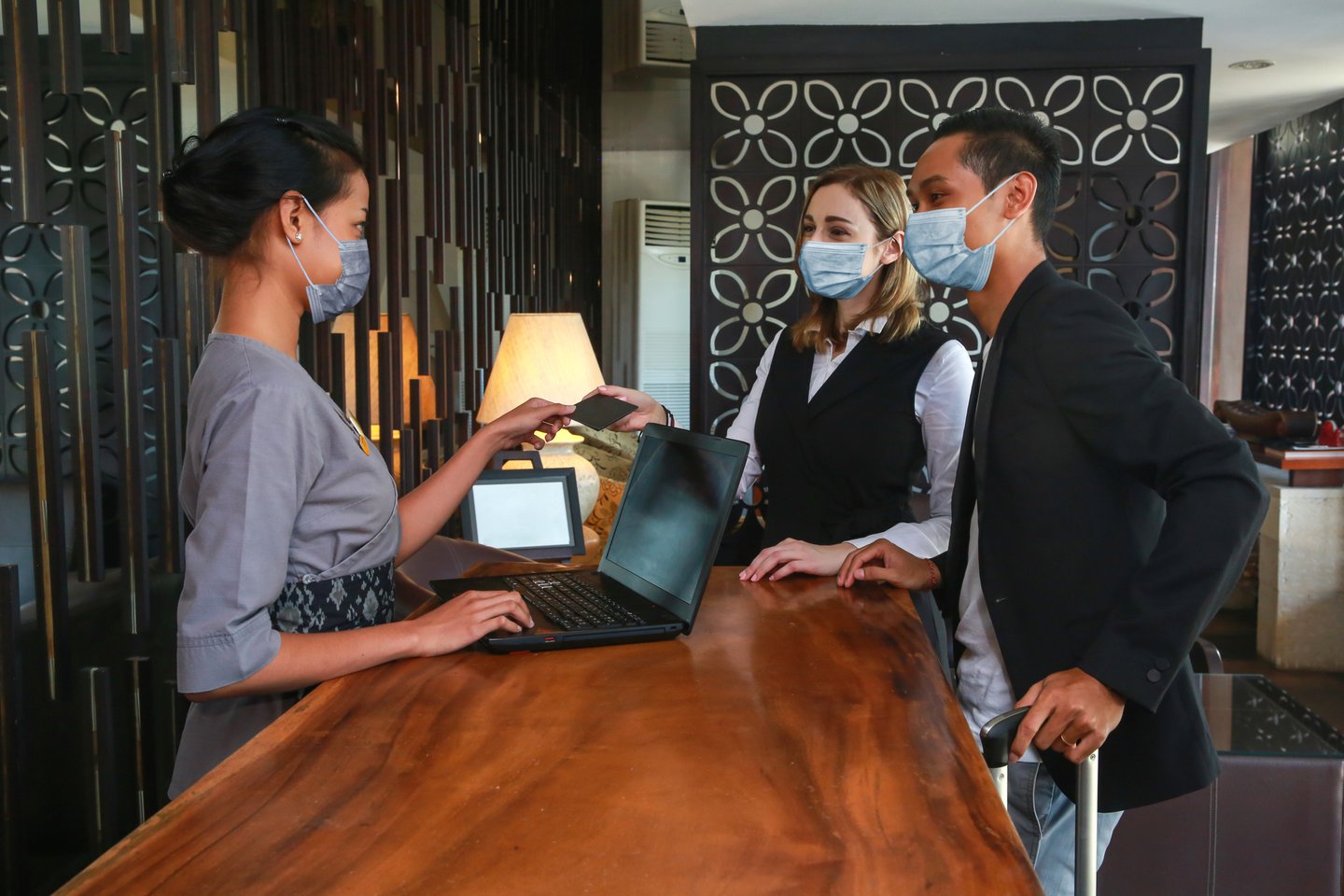How To Leverage Technology In Your Hospitality Rehiring Initiative
As the pandemic took its toll on American businesses, the unemployment rate soared, with more than 40 million jobless claims in May alone. However, as states begin to reopen, many sectors are starting to see hiring increases, including hospitality – giving the industry hope. As hospitality jobs begin to emerge, employers shouldn’t expect a complete return to normal. Instead, they should look to offer new benefits and implement updated workplace protocols to ensure their employees feel financially protected and safe to return to work.
In this Q&A, Jeanniey Walden, chief innovation officer at DailyPay, an enterprise on-demand pay solution, explains the current state of hiring in hospitality and maps out her advice as to how hospitality employers can implement upgraded technology to ensure new and returning employees feel safe.
What does the current job market look like for the hospitality industry? Are we seeing any trends that show the industry is starting to rehire staff amid COVID-19?
Hospitality was understandably hit hard during COVID-19. The DailyPay Rehire America Index indicates a 15% increase in the number of workers hired in the hospitality industry between May 11 to June 2. As people start traveling and going out more, we’ll only see this number grow.
Why do you imagine it will be difficult for companies to rehire their staff amid the pandemic?
The workplace as we knew it was shattered during the pandemic. This not only scared many people, but it also caused them to pause and re-evaluate how they spend their time and how to be productive without giving up family and personal time. Health, social and financial challenges cases by COVID-19 have made employees wary of employers, making it challenging to attract and re-engage employees.
As the virus begins to re-emerge so do the feelings of uncertainty – it is now more important than ever for employers to practice the balance of wearing two different hats:
- Employers need to put themselves into the shoes of their prospective workers, understanding their concerns and communicating the benefits of coming back to work. This includes safety programs in place, social support and financial security initiatives which could include on-demand pay.
- Employers also need to understand the financial stability of the company and be upfront with employees. Bringing people back to work only to lay them off a few weeks later does not create an environment of trust. For this reason, don’t overhire. And be transparent with employees who are choosing not to come back with the first or second wave of workers as to what the rehiring process will look like for in the future.
What technology can CTOs look to implement to make employees feel safe returning to work — without hurting the company's bottom line?
Think contactless! Technologies that enable employees and customers to engage without physical contact are among the best new technologies out there. Every industry has witnessed its own version of digital transformation through advances like remote telehealth, insurance claim scanning, contactless payments and more. For hospitality, a contactless perspective manifests itself as elements including online reservations, no-touch video concierge, remote door keys, digital menus, contactless payments and on-demand pay. If you don’t need to touch it, it’s the right type of technology to explore. And, remember to consider the customers’ needs. For instance, “I’m clean” stickers on doors, mirrors and other in-room areas will go a long way re-establishing trust with your customers.
How will this technology be important to improving the workplace for hospitality workers?
Given that employee experiences matter now more than ever, technology offers an opportunity to create trust with workers. Empowering your staff to feel safe and make their own choices about themselves and the work they do can be accelerated through new digital experiences. Remember, new technology, while much safer for workers, can also seem intimidating. Front desk staff may be concerned about being displaced due to contactless payments. Service staff may be concerned they’ll no longer be necessary if you add do-it-yourself elements in the hotel. Get creative in the ways they can contribute to keeping the property clean. Instead of permanently eradicating those jobs, think about how you can reallocate their talents to be the premier hotel of cleanliness and comfort. Lastly, don't forget to prepare a communications plan for digitally sharing critical information to employees — whether it’s new outbreaks, public health recommendations or sick days off to tend for themselves or family members.
What do you predict the future of the hospitality industry will look like with regard to new technology initiatives?
The future of hospitality lies in safety, flexibility and innovation. That said, it will be amplified by effective communication. As hotels explore giving guests safer, touchless experiences, everything will be reimagined: keyless options, motion-activated lighting and appliances, as well as fewer guest interactions and shared common areas. The battle for market share and consumer preference will be turned on its head. Travelers will have cleanliness and safety on their minds, and guests will trust hotels when it comes to those standards.
It’s a crucial time for many companies in hospitality. It opens the door to rethink, reinvent and rebuild your brand message in ways you were not able to do in the past. Use this time to do something that will not only benefit your patrons but strengthen your customer experience skills.

